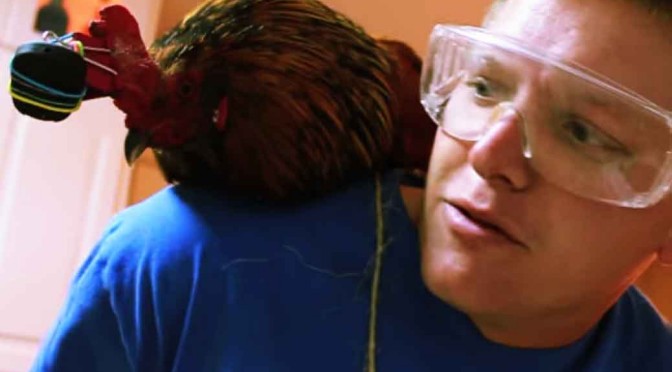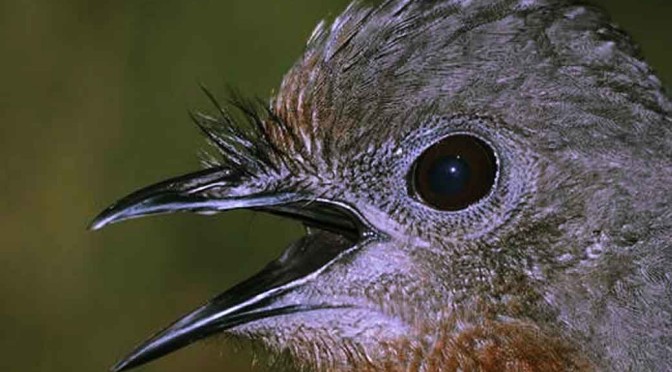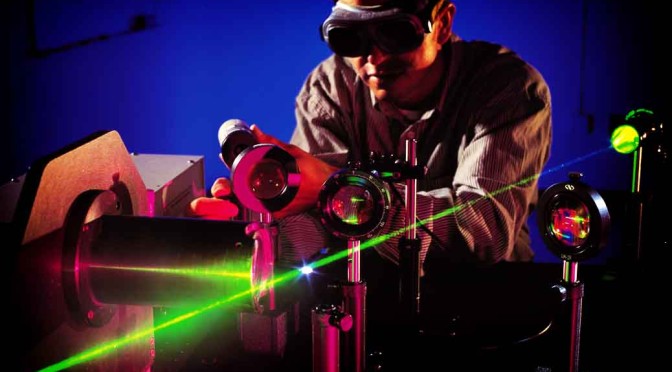By Anupum Pant
Background
I saw this Smarter everyday video, made by Destin, a very long time back and I remember very well that I had stored it away in my notes somewhere to share it with you guys in the future, but it was nowhere to be found. As time passed, I totally forgot about it. Just yesterday, while writing about how chicken heads saved Switzerland from rabid foxes, there was a sudden flash in my mind and I recalled having seen Destin’s video (I don’t know how that happened. Brains are amazing). I’ve attached it below for you to see.
In the video, Destin demonstrates how chickens have an amazing ability which enables them to keep their heads perfectly stable. It is just one of the many ways birds are better than humans. Irrespective of how their body moves, their head remains perfectly still in a way that their eyes are able to see a very stabilized image.
It is interesting to note that it isn’t just chickens who have this ability. Owls and a couple of other birds have this built-in too. In fact, cats can do it to some extent too, but chickens and owls are definitely better at it.
NASA, before it had sent humans to space, conducted a similar experiment with owls with an expectation that they would learn something that’d help them reduce trauma to humans in space. This is how an owl was moved around by them in every axis possible. It passed every test they threw at it. Look at it go…
The Vestibular Ocular reflex system
Most vertebrates have this device inherently built into their inner ears which has three tubes (probably to detect movement in all three dimensions). The biological device is called the Vestibular system. This is what it looks like. You can clearly see the three semi circular tubes coming out.
These three tubes are filled with a fluid which moves around when the head moves. As the fluid moves, it pushes something called a cupula and converts mechanical movement into an electrical signal. The signal is sent to the brain to process.
As a result, the brain sends back information to the eyes and moves them in the opposite direction. That is how your eyes are involuntarily able to stay focussed at a single point even when you move your hear. This is called the Vestibular ocular reflex system.
But the chicken’s eyes don’t move, so it isn’t probably correct to call it an ocular reflex. Instead their whole head moves in the opposite direction to their body movement. Thanks to the vestibular system. I’m not totally sure, but this could have something to do with righting reflex – the same thing that makes cats turn the right side up when they fall. Please help me with this in the comments section if you know more…
Chicken steady head cam
Using the same amazing biological image stabilization technology that was at his disposal, a youtuber decided to tie a camera to the chicken’s head to make a steady headcam. I think it’s an amazing idea for R&D.








